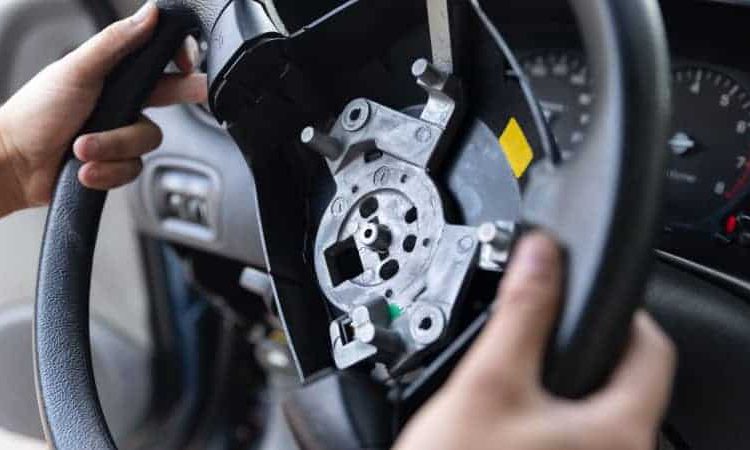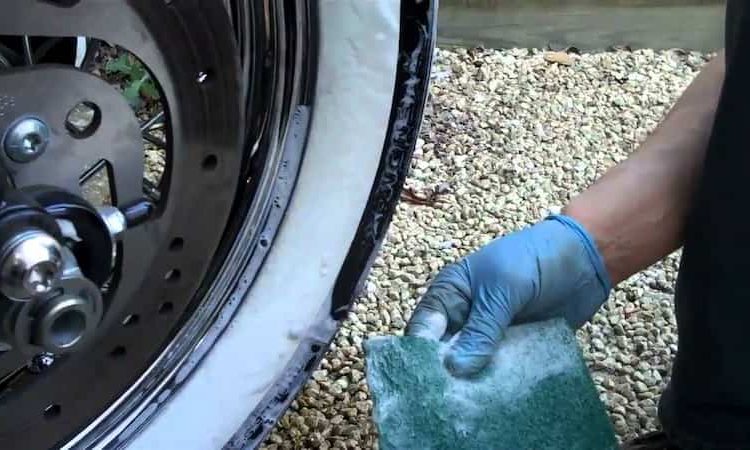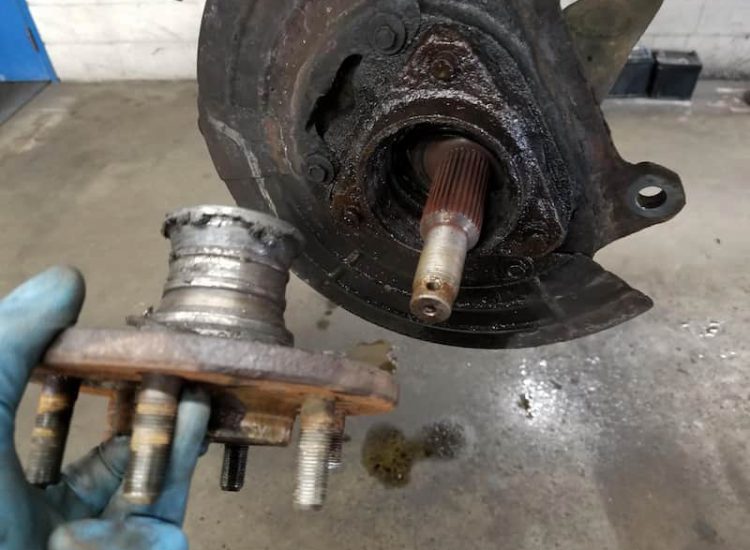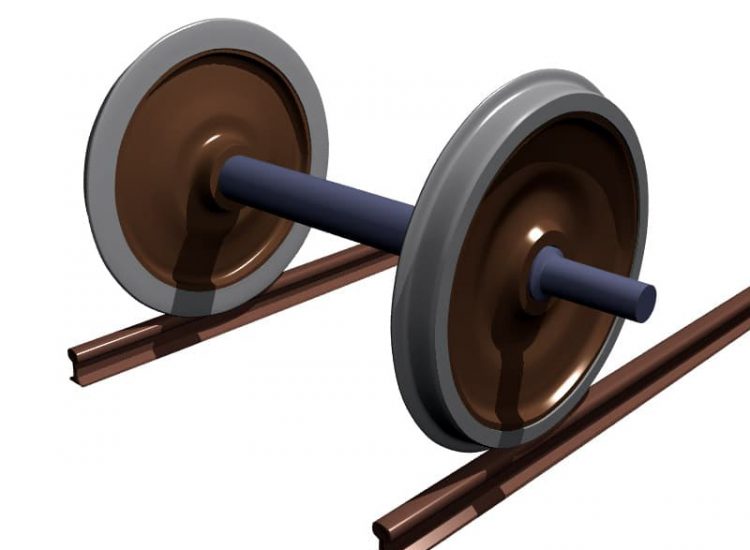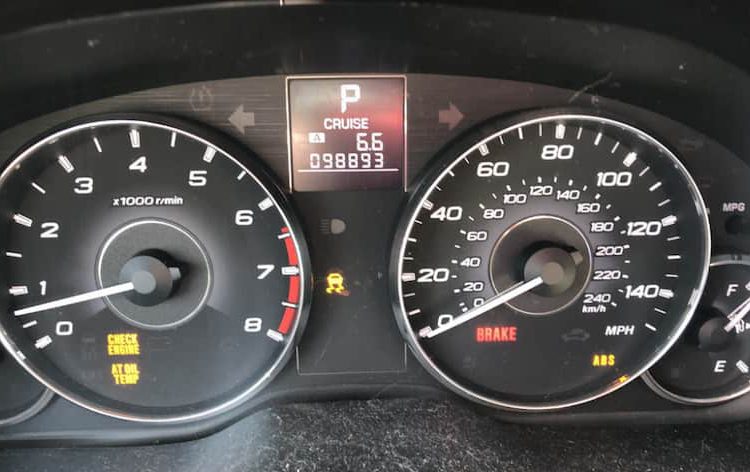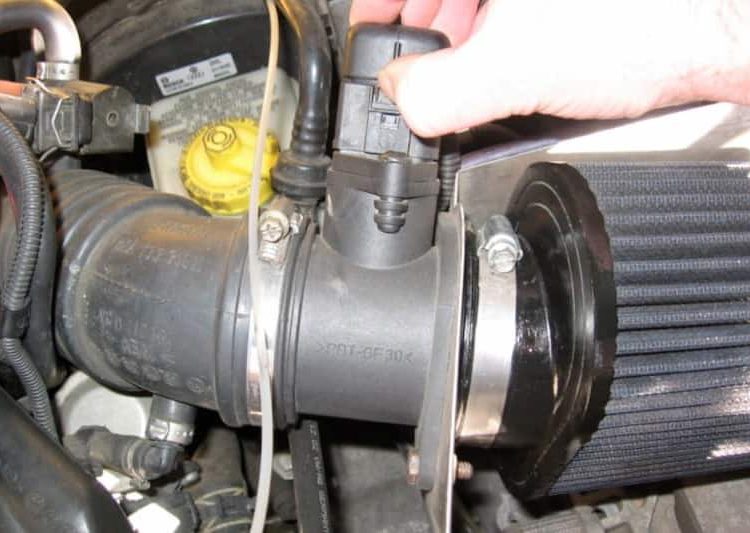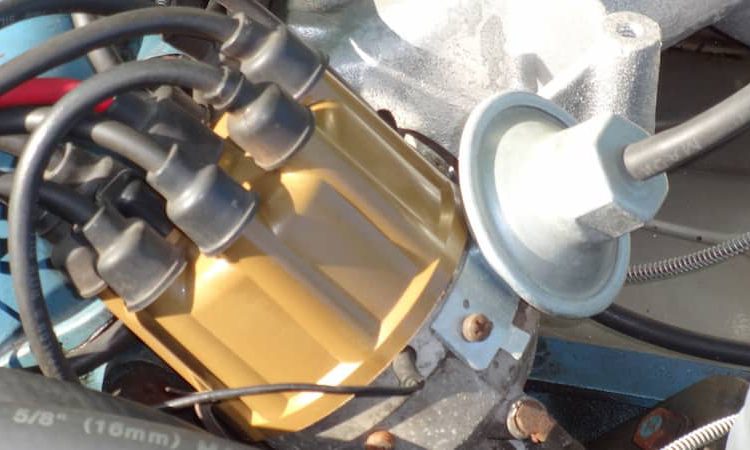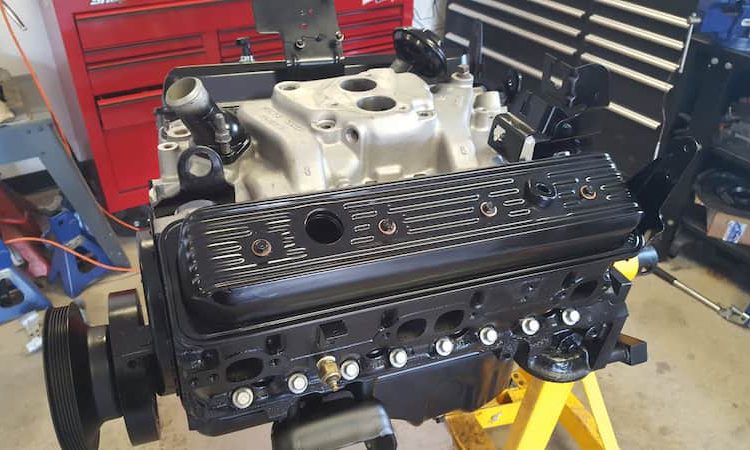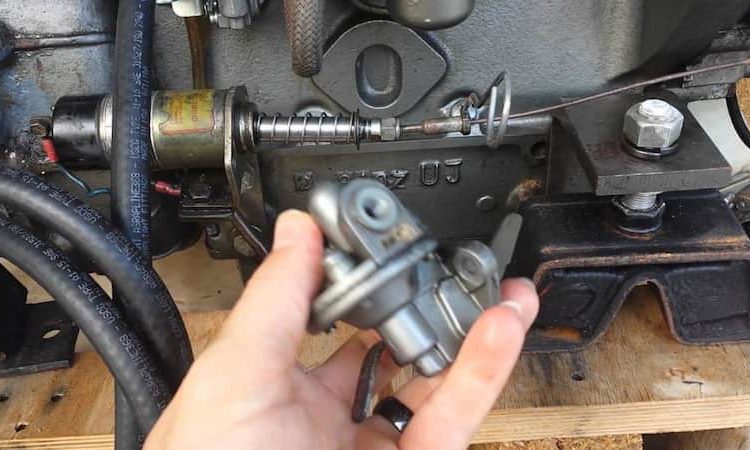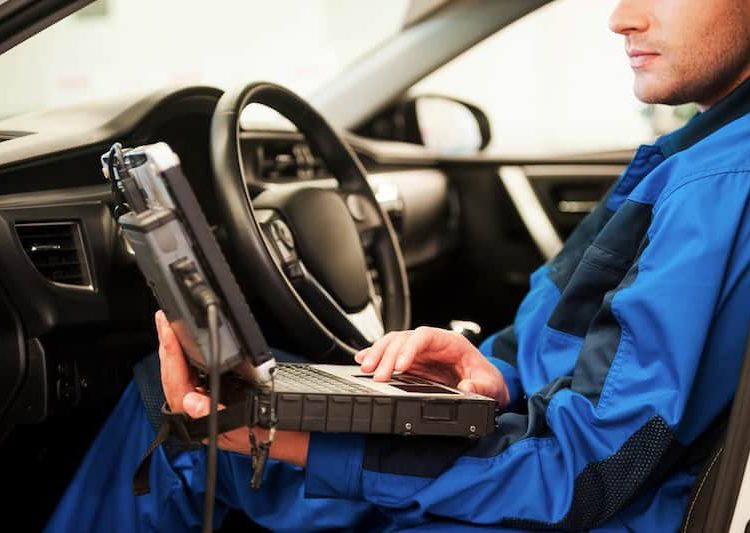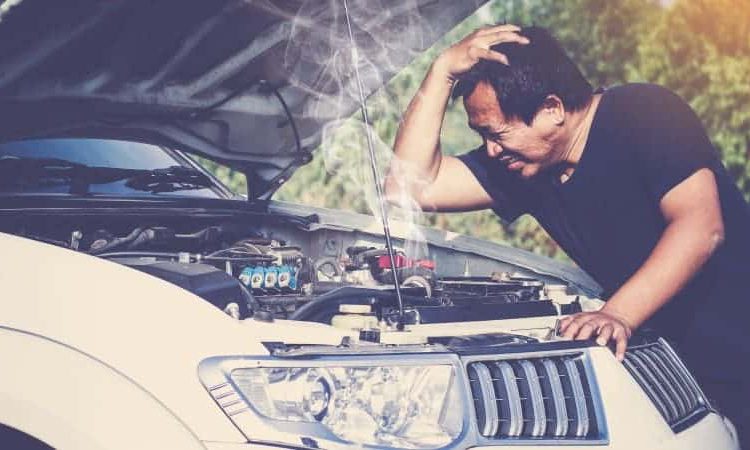The diesel engine is an internal combustion engine that burns fuel to operate motorcycles or cars. Its working principle consists of 4 stages: intake, compression, explosion, and discharge. Each cycle in the engine will take on different tasks.
Toc
But when summed up, those cycles will support each other in the process of working for the engine to work correctly. If one of the four strokes is missing, the diesel engine will not have a fuel combustion mechanism.
So, how to tell the difference between compression and exhaust stroke? Check this article below for details
Compression Process
Compression is when the piston moves from bottom dead center to top dead center thanks to the drive crankshaft. During this period, both caps are closed. The crankshaft drives the pistons going up, causing the cylinder volume to decrease, so the pressure and temperature of the gas in the cylinder increase.
At the end of the compression stroke, the injector injects an amount of diesel fuel such as 15w 40 with high pressure into the combustion chamber. Spark plugs spark an electric spark that ignites the carburetor.
This is a significant journey. The higher the compression pressure, the greater the pressure generated during the compression process. The power generated is also significant and saves a lot of fuel.
Discharge Process
The exhaust process is the final stage in a four-stroke diesel engine. It has a piston cycle going from TDC to TDC, and the intake valve is closed, the exhaust valve is open. With the help of the driving crankshaft, the piston goes up, pushing the exhaust gas in the cylinder through the exhaust valve.
When the piston reaches TDC, the exhaust valve closes, and the intake valve opens. Then closes to allow a new air-fuel mixture to enter. The cylinder continues the first cycle of the news cycle and repeats.
How To Tell The Difference Between Compression And Exhaust Stroke
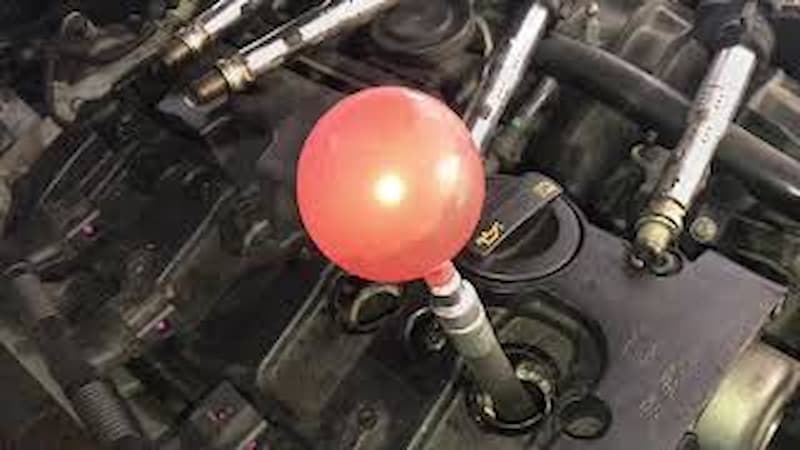
In general, there are many similarities between the two cycles. However, some typical differences still exist to help us identify the discharge compression process.
#TDC in compression and discharge
If the cam shows the exhaust cycle, remove the cam and rotate it 360 degrees around the crankshaft 9.
While the piston goes up to the top dead center, between the power and the compression stroke, a thumb will push out of the tube to help the air escape.
And to a point where the air in the spark plug no longer blows out, that force will be close to the top dead center of the compression stroke.
Each different type of vehicle will have a different structure. But the TDC of most engines appears at the end of the compression and exhaust cycles.
#Intake and exhaust valves
Both the intake and exhaust valves close during compression, and the piston moves up the cylinder, compressing the gas and gasoline mixture. This is because the control of both arms vibrates the compressed target cylinder and closes both valves.
The ignition system ignites the carburetor before the piston comes into contact with the top dead center. Of course, this process will become less effective over time if the relief valve burns out.
However, both the intake and exhaust valves are open for the exhaust process. If the TCD is at the end of a discharge, the intake valve is partially open and is about to open fully, and the drain valve is partially above its closing line.
When the piston moves up the cylinder, it can push the gas out thanks to the exhaust valve.
The exhaust valve closes 10-30 degrees later than the dead center of the crankshaft to rely on the inertia of the exhaust flow to increase the ability to clean exhaust. Also, compared with the intake valve, the exhaust valve closes later.
It can be considered the most significant and typical difference between compression and exhaust stroke.
Besides, depending on the layout arrangement, the position of the valves of the cylinder is arranged differently.
Frequently Asked Questions(FAQ’s)
1.How to recognize TDC in compression?
To recognize the TDC in the compression cycle, you can take an outlet and rotate the ACW rotor. Your head will look towards the cylinder, examining the engine several times and the tapes. If you see a T, the tappets will move up before the TDC, and the top will go down.
This method is quite cumbersome and laborious. Therefore, there is still a more straightforward way to identify it than by hand.
Insert your finger into the spark plug hole, using the starter to contact the engine. If you hear air blowing, stop. In the next step, rotate the motor in the direction of rotation until the TCD pulley or flywheel align.
If the TCD is incorrect, this work takes a long time. This technique is much faster than pulling the ACW rotor valve cover.
2.What is the compression ratio of the Honda H22A engine?
This is an engine manufactured in 1992. The design consists of four inline cylinder engines. The compression ratio of this engine will vary from place to place.
The maximum compression ratio in the US is 10.6:1. Meanwhile, in Japan and some European countries, it is 11.6:1. Because of this, this vehicle is quite popular across the country, thanks to its performance.
3.When does TDC become a motor in the exhaust cycle?
Crankshaft placement is critical. If you set the crankshaft to TDC but forgot to pay attention to the camshaft position, you are in the exhaust TDC in cylinder number 1. But if the TCD is in the compression cycle, the crankshaft rotates twice for the camshaft.
Conclusion
The above essential information has answered the difference between compression and discharge questions.
Besides, the article also provides a few more related questions to help you understand in more detail both processes. It is not too difficult to distinguish them if we know the characteristic elements of the above cycles.

